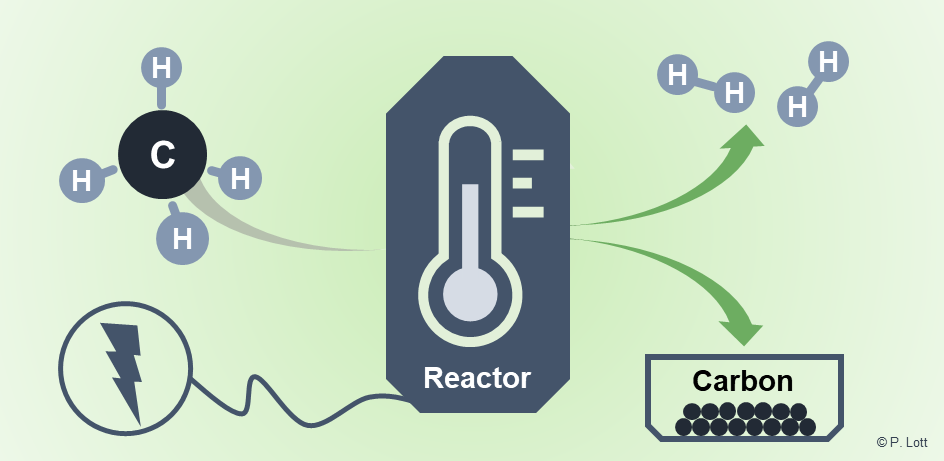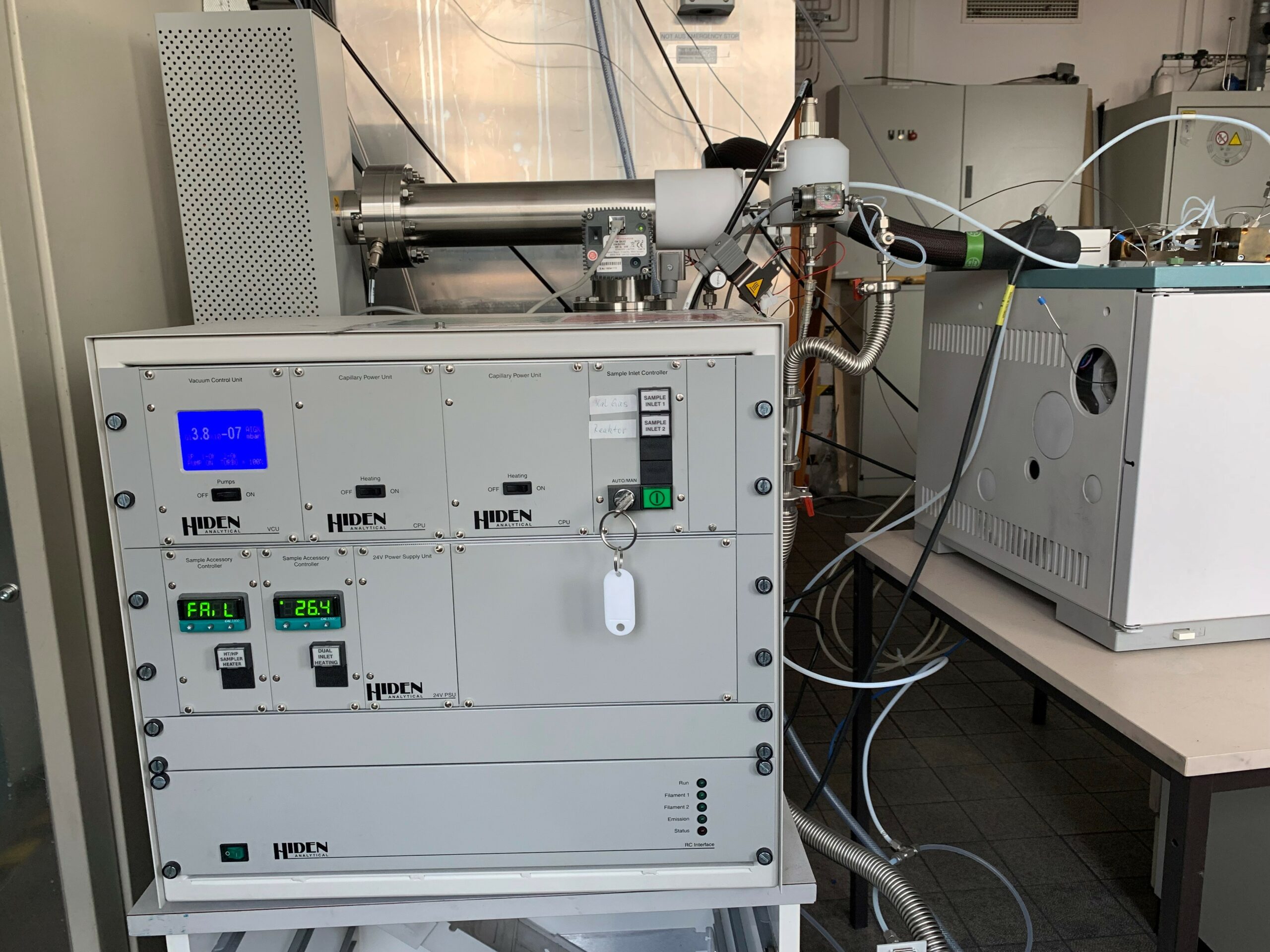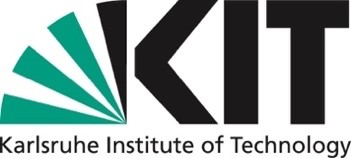In order to reduce carbon dioxide (CO2) emissions, fossil fuels such as oil and natural gas must be replaced by climate-neutral alternatives in the medium and long term. In this regard, hydrogen (H2) is considered as one of the most promising carbon-free energy carriers, since it is already nowadays vastly used in the chemical industry, for instance for refining processes or the production of key chemicals such as ammonia or methanol. In addition, H2 has a huge potential for decarbonizing the steel industry and represents a valuable fuel for mobile applications, both on-road and off-road, either as a fuel for near-zero emission hydrogen combustion engines or for essentially zero-emission fuel cells. This variety of applications underscores the great potential of establishing a global hydrogen economy as a key step towards a climate-neutral future, but also calls for efficient and large-scale hydrogen production routes that can cover the increasing demand for H2.
Since steam reforming of natural gas, which is currently the primary source for industrially produced H2, causes enormous CO2 emission, alternative production processes are imperative. In addition to water electrolysis, which is the electrochemical production of H2 preferentially using renewable energy from wind and solar, methane (CH4) pyrolysis is considered an auspicious approach for large-scale H2 production that can be realized on an industrial level within a comparably short timeframe. Herein, methane is decomposed into gaseous hydrogen and solid carbon, which allows to directly interrupt the carbon cycle. Although also natural gas can serve as feed, an overall bio-chemical process that involves the incorporation of CO2 from the atmosphere in organic vegetation, the subsequent fermentation of biomass, and ultimately the pyrolysis of resulting methane-rich biogas represents an advantageous approach for designing a process with negative carbon emissions.

Figure 1: Schematic overview of the methane pyrolysis process.
In this context, our group’s recent research demonstrated the feasibility of gas-phase methane pyrolysis for hydrogen production and simultaneous carbon capture. For this, we used an electrically heated high-temperature reactor equipped with a Hiden Analytical HPR-20 mass spectrometer that exhibits a high sensitivity and a short response time and therefore allows to continuously monitor and quantify the gas species concentrations in the effluent gas stream.
Choosing industrially relevant conditions during reactor operation uncovered that the addition of hydrogen to the feed gas can be used to control methane conversion and to suppress the formation of undesired by-products. Similarly, an increasing residence time benefits high CH4 conversion and minimizes by-product formation. In particular, high CH4 conversion and H2 yield were achieved at a reaction temperature of 1400 °C. Notably, a continuous increase of methane conversion was observed during steady-state operation of the reactor, which suggests an improvement of methane activation due to carbon accruing during the pyrolysis process. Additional experiments with a simple coating of the reactor walls with either a carbon foil or a carbon mesh confirmed the beneficial effect of carbon that is present in the reactor. Herein, carbon acts as a nucleus for further carbon deposition by accelerating heterogeneous deposition reactions on the one hand and by facilitating the coagulation of soot-precursors on the other hand.
Future research will focus on elucidating the complex interactions of chemical and physical processes occurring in pyrolysis reactors filled with carbon particles right from the beginning in more detail.

Figure 2: Hiden HPR-20 Mass Spectrometer.
 Project summary by: Dr. Patrick Lott and Prof. Dr. Olaf Deutschmann, Karlsruhe Institute of Technology (KIT), Institute for Chemical Technology and Polymer Chemistry, 76131 Karlsruhe, Germany
Project summary by: Dr. Patrick Lott and Prof. Dr. Olaf Deutschmann, Karlsruhe Institute of Technology (KIT), Institute for Chemical Technology and Polymer Chemistry, 76131 Karlsruhe, Germany
Paper Reference: Lott, M. B. Mokashi, H. Müller, D. J. Heitlinger, S. Lichtenberg, A. B. Shirsath, C. Janzer, S. Tischer, L. Maier, O. Deutschmann: Hydrogen Production and Carbon Capture by Gas-Phase Methane Pyrolysis: A Feasibility Study. ChemSusChem (2023) e202201720. DOI: 10.1002/cssc.202201720
Hiden Product: HPR-20 R&D
Download PDF: AP-HPR-20-202501
To find out more about these products visit the HPR-20 product page or if you would like to contact us directly please Send us a Message.

